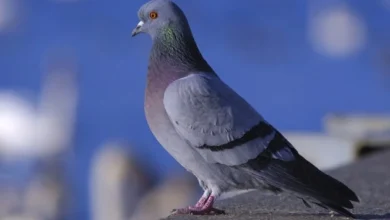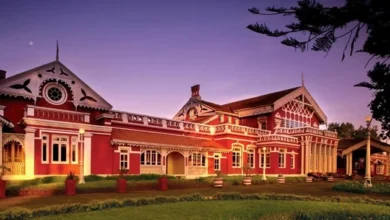The Most Multilingual countries in the world
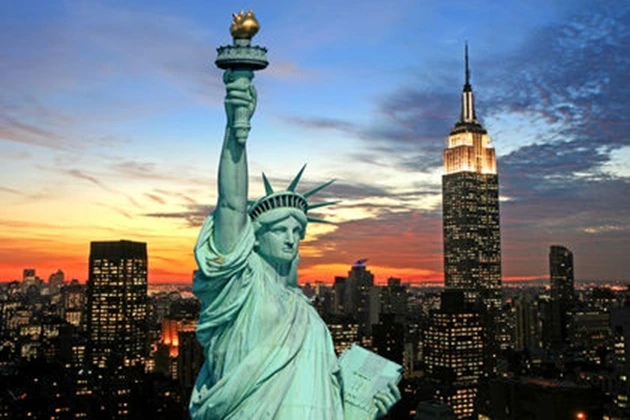
Did you know that more than 7,100 languages are spoken worldwide? This means several languages are widely used in each country, and there are even several hundred of them in some countries! But which country has the most languages spoken?
In multilingual countries, people often learn a second and even a third language to communicate with others. For example, in India, more than a quarter of the population speaks two languages, and in urban areas, these figures are even higher: 44% speak two languages, and 15% speak three languages.
It has been proven that proficiency in multiple languages brings tremendous benefits to the brain, including improved linguistic and communication skills and even reduced cognitive impairments associated with aging. This is good news because about half the world’s people speak at least two languages. And although Papua New Guinea, Indonesia, Nigeria, India, and the United States are among the top five countries with the most languages, each multilingual country has a unique language mix to learn.
No matter where you live, there are likely many different languages around you, so you have plenty of opportunities to learn and immerse yourself in a new language. If you’ve wanted to improve your language skills for a long time, now is the perfect time to start! Rosetta Stone offers small lessons, fun language learning, access to experienced teachers, pronunciation assistance, and more.
5 most Multilingual countries in the world
1. Papua New Guinea
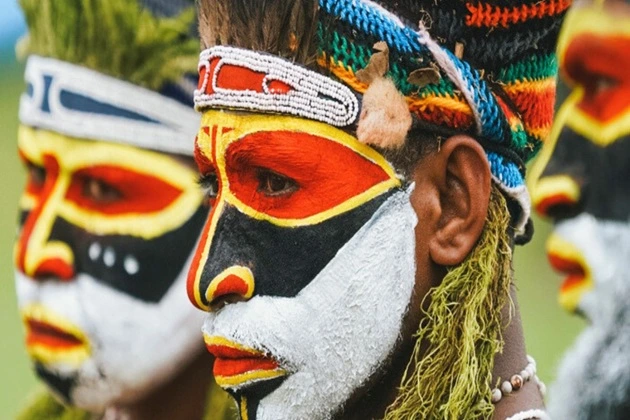
Papua New Guinea, an island nation in the southwestern Pacific Ocean, is the most multilingual country on Earth. With just over nine million people, 840 languages are spoken daily.
Of these, about 550 are “Papuan” languages. This is the oldest group of languages in Papua New Guinea, which has been developing for about 40,000 years. These languages do not have a single root but instead are divided into dozens of unrelated families. Many of these languages have small linguistic communities—the largest of them are Engan, Melpa, and Kuman, each of which is spoken by more than 100,000 people.
About 200 “Austronesian” languages also appeared in Papua New Guinea about 3,500 years ago, most likely from a Taiwanese source. Speakers of the Austronesian language tend to live in coastal areas and offshore islands, including the Trobriands and Buka. In contrast, speakers of the Papuan language live mainly in the country’s interior.
The arrival of English-speaking and German-speaking colonists in the 1800s further complicated the country’s linguistic diversity. After independence in 1975, Papua New Guinea adopted three official languages.:
Tok Pisin is a Creole language that combines grammatical elements of several local languages with German and English.
Hiri Motu is a simplified version of motu, an Austronesian trading language initially used by the residents of Port Moresby.
English
The official languages are selected and used by the country’s government. In Papua New Guinea, these and other common languages can facilitate communication between linguistic communities. However, their growing popularity also risks losing ancient languages that are still used throughout the country.
2. Indonesia
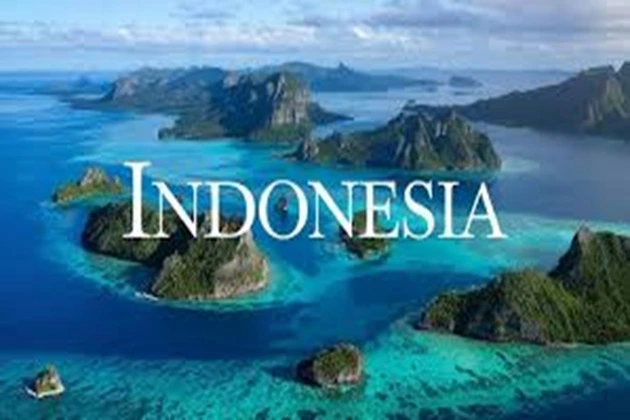
Indonesia consists of almost 18,000 islands, of which about 6,000 are inhabited. The settlement of the population on these islands has led to tremendous linguistic diversity.
The official language is Bahasa Indonesian, which originated from the Malay dialect in the 1930s. About 20 million people speak Bahasa Indonesian as their mother tongue, and 140 million speak it as a second language.
Indonesia is home to 272 million people and various ethnic groups, accounting for more than 700 languages. Javanese or Java is the most widely spoken primary language, spoken by over 30% of the population. Hundreds of local dialects are used throughout Indonesia, and other common languages include English and Dutch.
3. Nigeria
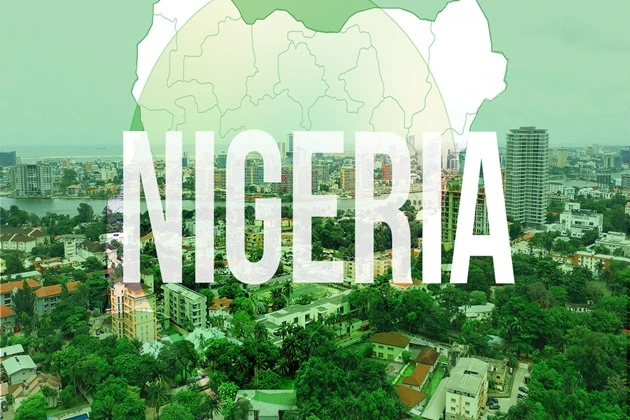
Nigeria is a country on the west coast of Africa. Its population is over 211 million, and its people speak 530 different languages!
The languages of Nigeria are divided into three major linguistic groups:
Niger-Congo: Divided into nine main branches, including the Kwa subgroup, the Ijoid branch, the Atlantic subgroup, the Benue-Congo subgroup (which includes Tiv, Yukun, Edo, Igbo, Igala, Idoma, Nupe, Gwari, Yoruba, Efik, Ibibio, Anang and Ekoi) and the Adamawa-Ubangi languages (such as avak, waja, vaka and tula).
Nilo-Saharan: Kanuri, Bagirmi and Zerma .Afro-Asian: hausa, margi and Bade.
Most Nigerian languages, especially the Kwa subgroup, have been spoken in roughly the same places for about 4,000 years. Visit. A F R I N I K . C O M . For the full article. Igbo, another member of the Niger-Congo language family, is spoken by about 24 million people, mostly in southeastern Nigeria.
Although English is Nigeria’s official language, Hausa is the most widely spoken language, spoken by about 35 million native speakers and 15 million people who learn it as a second language.
Hausa is part of the Afroasiatic family and is spoken by many people outside Nigeria (unlike Igbo or Yoruba). Native speakers of this language mainly live in the north of Nigeria, in Niger and Chad.
4. India
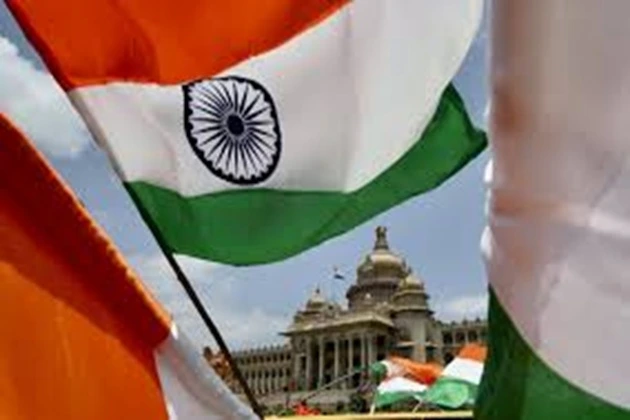
India has the largest population – more than 1.3 billion people. The Constitution of India recognizes 22 languages that belong to four language families.:
Indo-Aryan languages: Assamese, Bengali (Bangla), Dogri, Gujarati, Hindi, Kashmiri, Konkani, Maithili, Marathi, Nepali, Oriya, Punjabi, Sanskrit, Sindhi, and Urdu.
Dravidian: Kannada, Malayalam, Tamil, and Telugu belong to the Dravidian language family; of the three remaining languages,
Tibetan-Burmese: Manipuri (Meitei) and Bodo. Munda: Santali
Hindi is the official language of the central Government of India, while English is the temporary official sublanguage. In addition, there are two official classical languages: Tamil and Sanskrit.
Hindi is the world’s fourth most widely spoken mother tongue, spoken by 528 million people in India, or about 41% of the country’s population. As a Sanskrit descendant, Hindi has been influenced by several languages over the centuries, including Dravidian, Arabic, Portuguese, English, Persian, and Turkic.
After Hindi, the most widely spoken languages in India are Bengali (97 million speakers), Marathi (83 million speakers), Telugu (81 million speakers), and Tamil (67 million speakers).
5. United States

Although there is no official language in the entire United States, English is the most widely spoken language, and in some states, it has been declared the official state language.
More than 350 languages are spoken in the United States. In addition to English, some of the most common languages are Spanish (61.6% of people who speak languages other than English), Chinese (5.2%), Tagalog (2.6%), Vietnamese (2.3%), and Arabic (1.9%). In addition, there are 197 living indigenous languages in the United States. According to the U.S. Census Bureau, 21.7% of U.S. residents speak a language other than English at home, and 13.3% speak Spanish.

